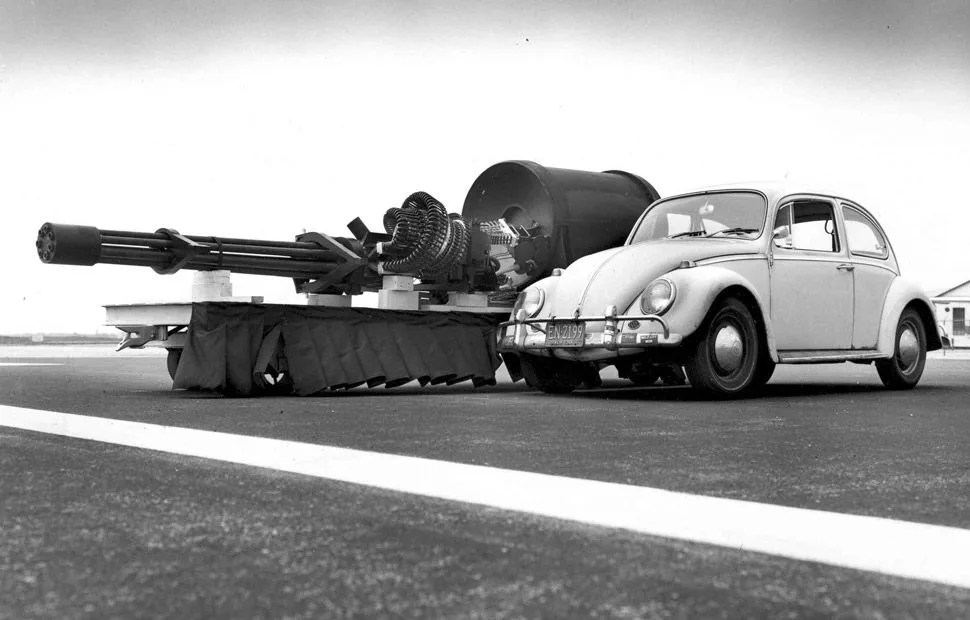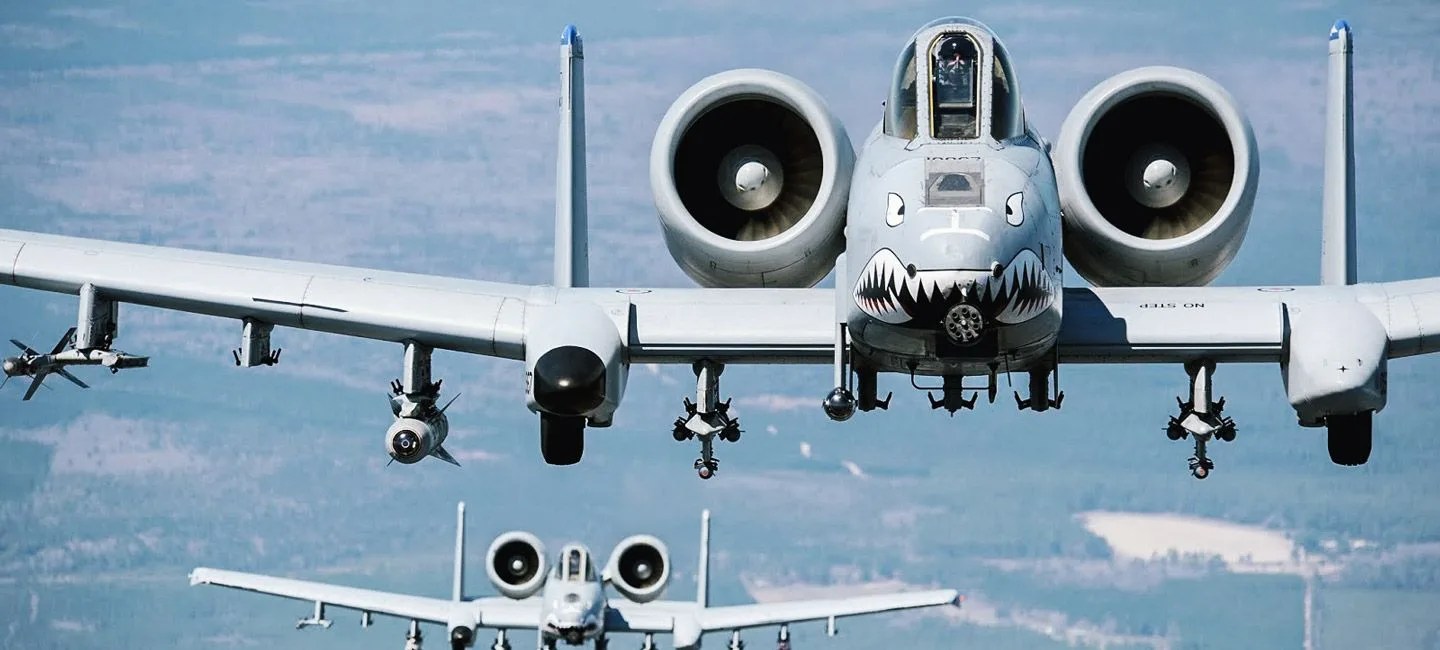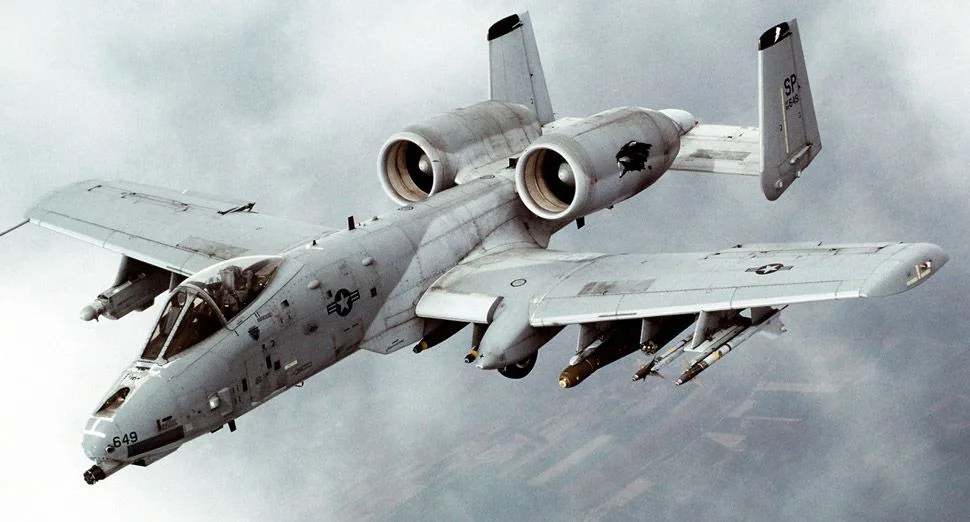Its top speed is a paltry 439 mph, over 100 mph slower than the behemoth Boeing 747 jumbo jet, which weighs 710,040 pounds more. The wingspan stands at 57 feet, it has awkwardly large jet turbines atop its tail section, and its profile looks more like a balsa wood toy glider than a mechanism of warfare. All this, and it’s almost half a century old. Yet the Fairchild Republic A-10 Thunderbolt II is still one of the most feared and revered aircraft in the world. The “Warthog”, as it’s kindly known by those it supports, is known on the other side of the battlefield as the indomitable “Devil’s Cross”. In the history of military aircraft, it has one of the longest service records and a legendary reputation as the best close air support system in the world.
What It’s All About
In the ’60s, the US Air Force needed a better close air support weapon, one that could take ground fire from small arms and anti-aircraft weaponry and still perform its duties. The hell that was the Vietnam War proved that troops on the ground needed the protection of a capable aircraft, since jet fighters proved to be too fast to accurately survey the situation on the ground and slower helicopters didn’t have the firepower or protection to effectively eradicate their targets and survive. The new aircraft needed to be outfitted with heavy-hitting ordnance while possessing slower airspeed capability, extended mid-air loiter time, excellent maneuverability and superb protection for its pilot.
In response to this need, the Air Force started the A-X (Attack Experimental) program in 1966, in search of a dedicated close air support aircraft. The USAF asked defense contractor Pierre Sprey to come up with the specifications for the proposed aircraft. Implementing lessons learned in the Vietnam War and the Six-Day War in June of 1967 (where the Israel Defense Forces won a decisive victory over the Arab coalition thanks to a merciless air assault on armored tanks), the requirements for the new aircraft were very specific.

In the spec’s final form in 1970, the proposal stated that the aircraft had to be designed for use around a 30mm rotary cannon, a max airspeed of 460 mph, a minimum takeoff distance of 4,000 feet, a 16,000-pound payload, a 285-mile operating radius, and an insanely low cost of $1.4 million per unit. In parallel to this A-X plane proposal, there was one issued for the cannon, and it, too, was very specific, requiring a rate of fire of 4,000 rounds per minute. The Air Force had a clear objective to build the world’s first dedicated close air support aircraft.
A total of 21 companies received the RFP (Request for Proposal) and six companies submitted for the October 8, 1970 deadline: Boeing Vertol, Cessna, Fairchild Republic, General Dynamics, Lockheed and Northrop. The Air Force selected Northrop and Fairchild Republic to build prototypes for testing. For the 30mm rotary cannon, both General Electric and Philco-Ford were chosen for the preliminary building and testing of the GAU-8 Avenger.

